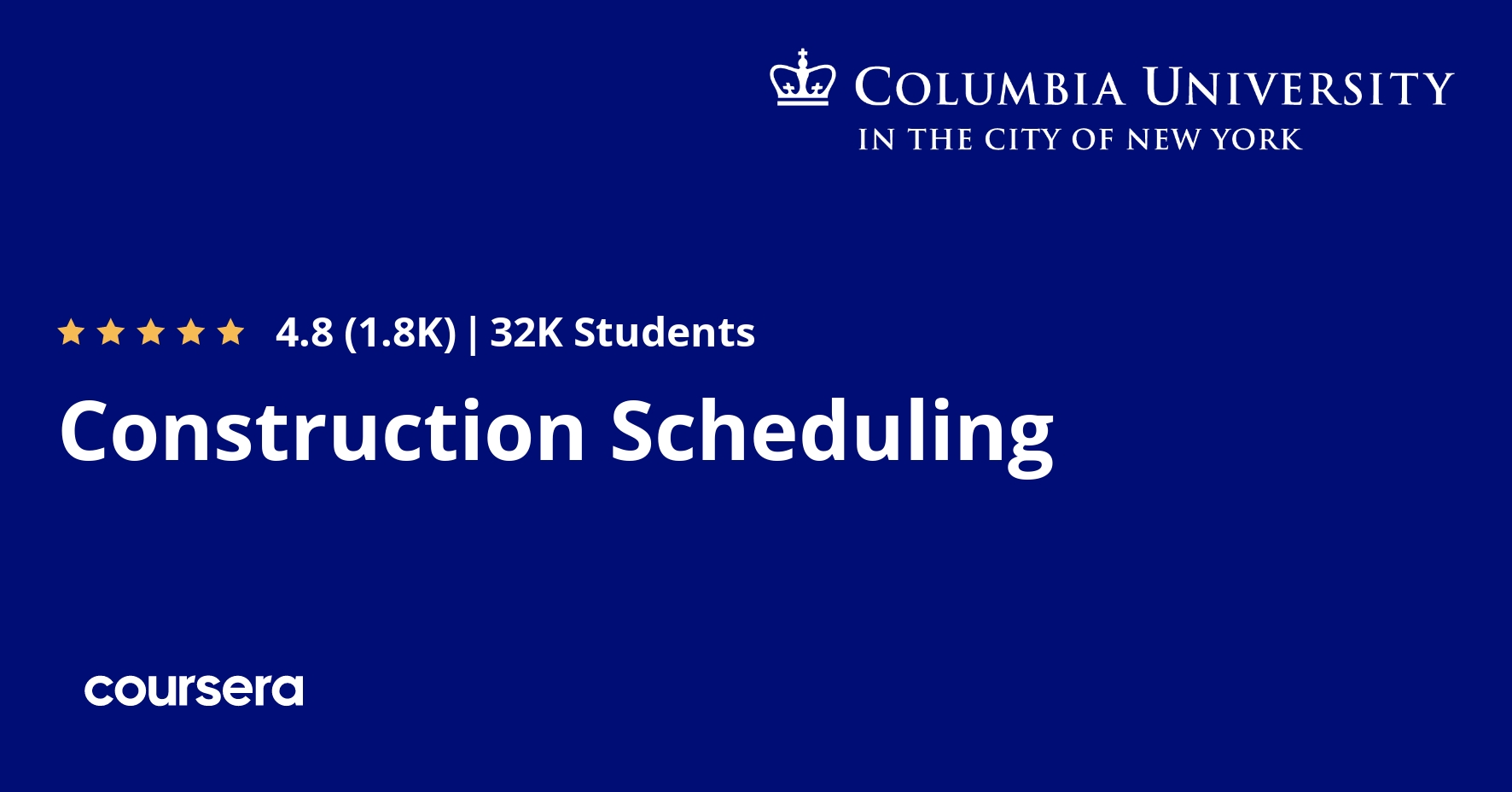Description
Welcome to the CASL Programming for Distributed Computing in SAS Viya course. SAS Viya is an AI, analytic and data management platform running on a scalable, distributed, cloud-native architecture.
In this course you will learn how how to use the native CAS programming language (CASL) to leverage SAS Cloud Analytics Services (CAS), the high-performance, in-memory analytics and distributed computing engine in SAS Viya . You will learn how to use CASL to access, explore, prepare, analyze, and summarize data in the CAS server’s massively parallel processing environment.
This is an advanced course, intended for learners with at least one year of programming experience with a modern language: (SAS, R, Python, SQL, and so on), and at least one year of experience working with data. To be successful in this course, you should have a general understanding of fundamental computer programming concepts and the data analytics lifecycle.
By the end of the course, you will be able to:
– Understand and use various SAS Viya servers.
– Connect to the CAS server to access and manage data.
– Use CASL to explore, prepare and analyze data.
– Create reports and visualizations using SAS Viya.
What you will learn
Course Overview and Logistics
In this module you
Introduction to SAS Viya and CAS
In this module you examine some basic concepts, beginning with an overview of SAS Viya and the two main servers available for processing data: the SA Compute Server and the SAS Cloud Analytics Services (or CAS) server. Then you learn about caslibs, the mechanism for accessing data within the CAS server. Lastly, you will explore the SAS Studio environment and connect to the CAS server.
CAS Language (CASL) Fundamentals
In this module you will learn the fundamentals of SAS’s new scripting language called the CAS language, or CASL for short. You will learn about how CASL is very different from the traditional SAS programming language. Then you will learn dive into detail about its four main components: variable data types, statements, functions, and CAS actions.
Connecting to CAS and Accessing Data
In this module you will learn to connect to the CAS server and access it’s data. You will begin by making a connection to CAS and exploring the connection options. Then you will begin to learn more about Caslibs by exploring their attributes, data source files and in-memory tables and creating a user defined Caslib. Lastly you will learn about managing in-memory tables by loading, saving, promoting and deleting tables.
Exploring and Validating Data
In this module you will learn about exploring and validating data using a variety of CAS actions and CASL techniques. You will begin by exploring a CAS table’s structure by viewing the column attributes, previewing the table rows, working with the results of an action and more. Then you will learn about charactering data by finding the distinct and missing values in each column. Lastly, you learn about validating data by removing duplicate rows and creating a new CAS table that identifies bad data.







